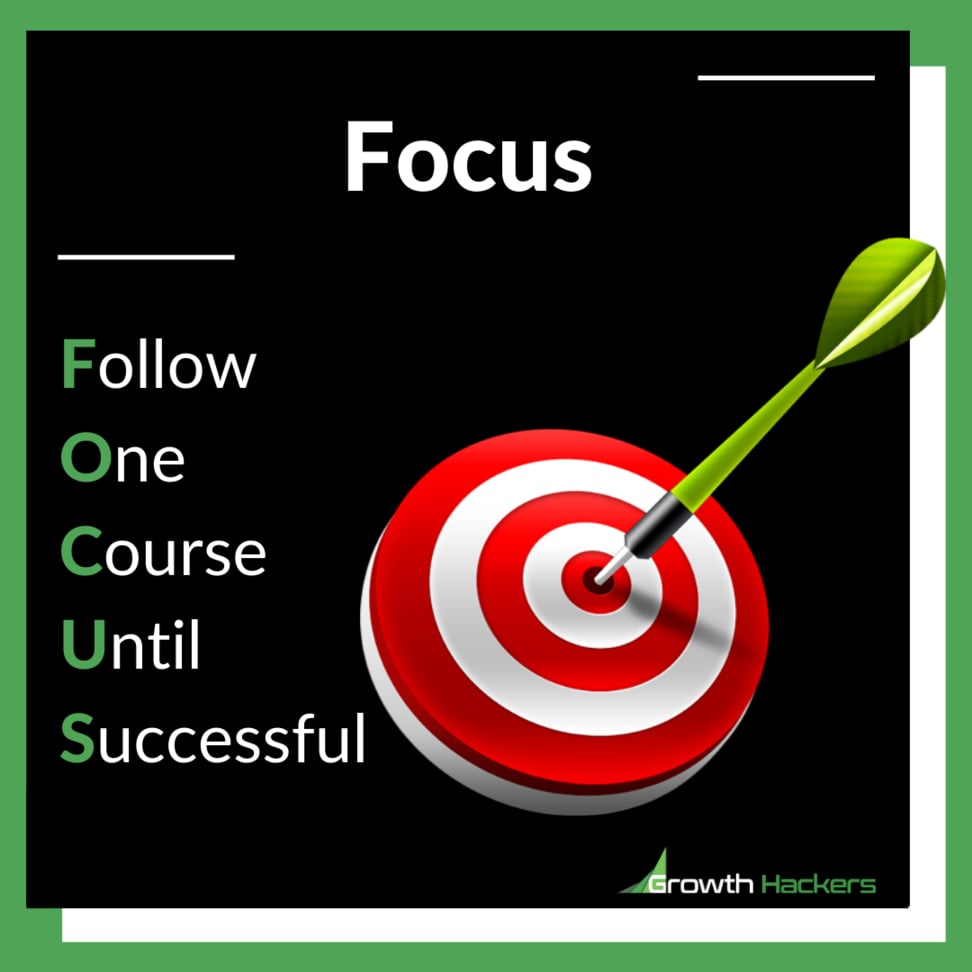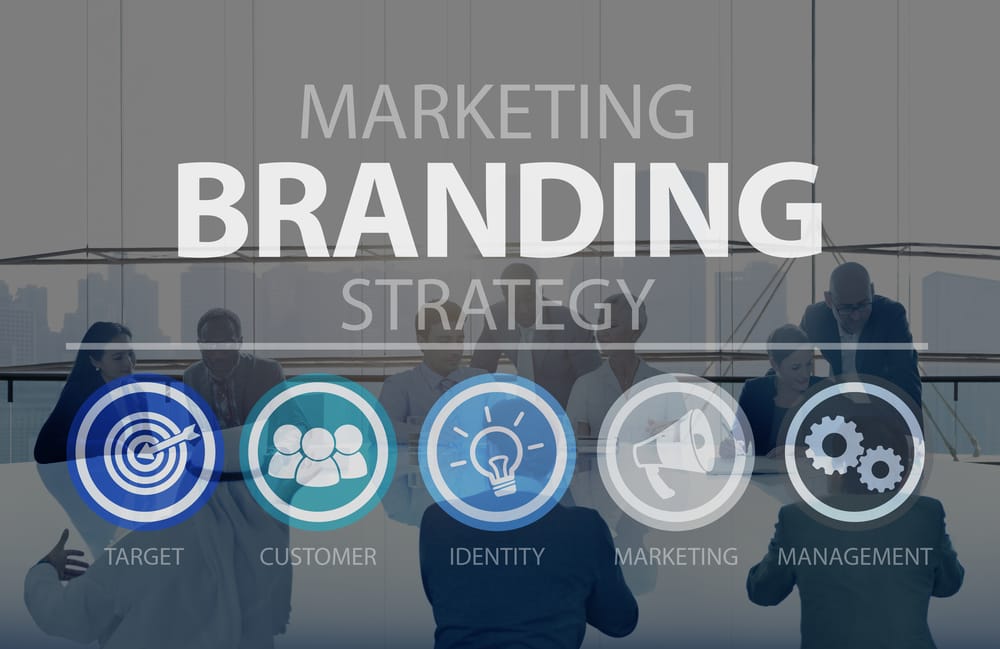One of the most critical factors for new start-ups and businesses to address in helping their companies off the ground floor is brand strategy. Getting this right is necessary to gain visibility and trust in today's marketplace. Properly done, it forms a solid foundation to build a well-respected and profitable company. But where do you begin? Customers and prospects must associate your company with positive outcomes. To do that, you must first develop and define your brand.
What Makes a “Brand?”
Seth Godin famously said, “People do not buy goods and services. They buy relations, stories, and magic.” Start-ups often struggle to discover where and how to create that magic, but it's no mystery. It starts with designing your brand. What is a brand? It’s more than just your logo. Investopedia defines a brand as “a business and marketing concept that helps people identify a particular company, product, or individual.” More than that, branding helps to “shape people's perceptions of companies, their products, or individuals.” In other words, your brand is your reputation. Many things can impact that reputation. That's because branding encompasses everything that people, both outside and inside your company, feel when they see or think about your business. It is also what sets you apart from your competition. When done properly, branding evokes an emotion that will drive people towards your company. Prospects and customers will have a positive feeling about your start-up, hopefully, good enough so that some of them become fans. But what makes a brand successful? The best bands are easily recognizable, inspire confidence, and stand out in the marketplace. They have a loyal customer base, including many that are more accurately described as "cheerleaders" for your company. These followers are willing to both use and share your services or products. To develop a successful branding strategy, you’ll need to invest some time working through these essential elements of your brand: 1. Your company’s purpose, that is, why you are in business. When shared with passion and direction, this can be light for attracting fans. Core values and your corporate mission. Consider your company’s culture as well. 2. A definite vision for your company’s future. Where do you see your firm in 5 years? 10? 20? 3. Shorter-term marketing goals. Customer-based brand equity is essential to marketing the customer. 4. A clearly defined target market. This should include demographics. Develop a customer persona to improve their experience. 5. The voice and personality of your brand. This will influence the content you share and how you write about your business. You also want to think about your place in the modern business world. Will you engage in political issues, or avoid them? What sort of charities and causes will you support? How will you appeal to today’s global market and a younger generation? With all this in mind, you can create designs and content that fall in line with your responses. Use the advanced color theory to find the right combination of colors for your brand, website, logo, social media visuals, business cards, brochures and other materials. Test your branding elements before launching any changes to ensure they convey the image you want. Developing a cohesive brand is about how you present your business to the world. Once you have clarity on these aspects, it’s time to share your brand with your team and tackle your next hurdle: consistent branding.

How to Develop Consistent Branding
Consistent branding is key for customer attraction and retention. Just how important? In a poll by Software Advice, a research and review specialist, 41% of customers surveyed chose brand consistency as their top consideration for brand loyalty. Some aspects of branding can and should change from time to time. However, at the outset, consistent branding is necessary to build trust and value in the marketplace. This is a critical area for start-ups to get right. There are three key ways you can do this to get everyone in your company on the same page in this area: • Use tools that ensure all branding materials are seamless and accessible to all team members who need them. • Develop content that is consistent on every platform, both internally and externally. • Create a stellar and dependable customer experience.

Creative Branding Tools For Your Team
Whether you're building a brand from scratch or you want to rebrand your company, there are several tools you can use to ensure that all branding is consistent. Brand guidelines are handbooks that guide using brand elements such as: • Logos and brand colors • Sizing and layout • Tone and voice • Imagery • Typography Create a handbook that covers specifications as well as the feelings and emotions you are trying to share with your audience. For example, there may be some keywords that embody your corporate culture. Or, there may be phrases and words that should be avoided. These tools can go beyond just your design team. Proper branding consistency also impacts internal communications and items. Think about your company newsletter, email signatures, and corporate swag. All of these should align with your corporate aesthetic. Pro Tip: when crafting a branding book, do not always follow logo trends or popular colors and fonts. You want to build a brand that lasts.
Support Cross-Platform Consistency
You might be wondering which departments should be involved in creating content. Most entrepreneurs and business owners believe that content creation should strictly be done by the marketing team (Writing and Graphic Design). They're wrong. The engineering, sales, recruiting and customer support departments should also be involved. And, that's why it may be difficult to keep consistency.
While these guidelines are necessary, a better way to ensure consistency across different platforms is by using design systems to unify the customer experience. These are systems that contain different elements as well as best practices for using them. When setting up these systems, remember that the goal is efficiency and ease of use. For example, design components should be stored together and organized for ease of use. A well-made design system is also adaptable so that when the time for rebranding or repositioning comes, you don’t have to reinvent the wheel. Keep things simple and to the point. Another way to promote brand consistency is to limit the number of people in charge of branding-related tasks. When it comes to brand consistency, start-ups have an advantage over big firms: smaller teams. A large company with multiple marketing departments is more likely to have difficulty keeping everyone on brand all the time. How could this work for your company? Several ways. For example, you can engage a full stack developer for your website, who does both front-end design and back-end web development. You can also hire a content manager who can handle writing great marketing copy while creating images that reflect your brand. It’s much easier to keep a staff of two on target with design and voice. Finally, you can help your team by employing content marketing tools that make the job easier, with automation and AI. Make sure these tools integrate with your design systems.
While these guidelines are necessary, a better way to ensure consistency across different platforms is by using design systems to unify the customer experience. These are systems that contain different elements as well as best practices for using them. When setting up these systems, remember that the goal is efficiency and ease of use. For example, design components should be stored together and organized for ease of use. A well-made design system is also adaptable so that when the time for rebranding or repositioning comes, you don’t have to reinvent the wheel. Keep things simple and to the point. Another way to promote brand consistency is to limit the number of people in charge of branding-related tasks. When it comes to brand consistency, start-ups have an advantage over big firms: smaller teams. A large company with multiple marketing departments is more likely to have difficulty keeping everyone on brand all the time. How could this work for your company? Several ways. For example, you can engage a full stack developer for your website, who does both front-end design and back-end web development. You can also hire a content manager who can handle writing great marketing copy while creating images that reflect your brand. It’s much easier to keep a staff of two on target with design and voice. Finally, you can help your team by employing content marketing tools that make the job easier, with automation and AI. Make sure these tools integrate with your design systems.
Consistency Creates an Impeccable Customer Experience
Brand consistency helps first impressions to be good. After all, a dissatisfied customer is not part of your brand strategy. To reduce this problem, you must improve customer experience to grow your business. A stellar customer experience helps you to stand out from your competitors but it's not easy to achieve. A complete branding strategy addresses this issue. Recognize that many members of your team are in contact with your customers even if they do not deal with them via phone or in person. Not only consistency creates a great CX, a strong brand identity, not promotions or discounts, is a sustainable, long-term investment that helps improve sales. Because of this, it’s important for team members to all adopt the same philosophy towards customers. If your corporate motto is, “The customer is always right,” make sure everyone knows exactly what that means. How do you define what’s “right” for each customer? If a customer or prospect gets conflicting information when they need support, you can lose their business. You should train all customer-facing team members to address issues with a set of brand standards you have developed. When team members that do engage customers are met with a problem, they need to act as a cohesive team. Blaming someone in a back-office department does nothing to solve the issue and can make you look bad. This sort of inconsistent branding can be just one of the problems your brand may face.





